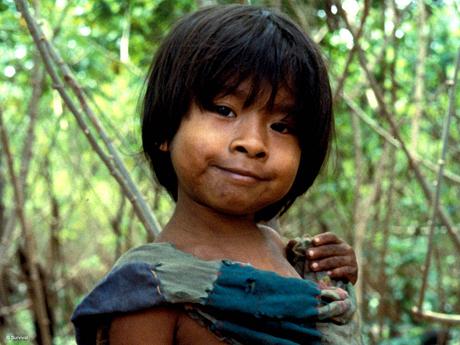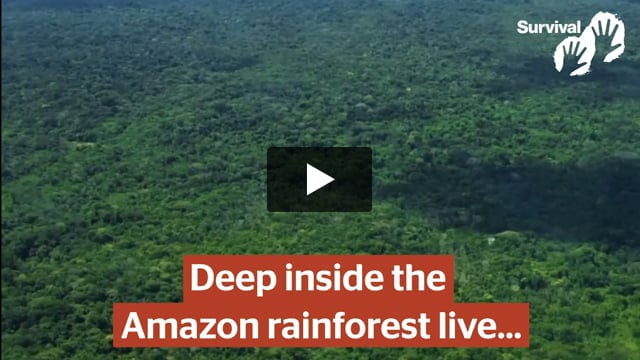Expedition confirms existence of uncontacted Indians
January 8, 2010

This page was last updated in 2010 and may contain language which is now outdated.
An expedition conducted by FUNAI (Brazil’s Indigenous Affairs Department) has confirmed the existence of a group of uncontacted Indians in Maranhão state in the eastern Amazon.
FUNAI has had indications of this group’s existence in the Indigenous Territory of Araribóia since the 1980s, but has not until now had proof.
It says that the group probably belongs to the Awá tribe, and numbers about 60 people.
The Awá are one of only two nomadic hunter-gatherer tribes remaining in Brazil.
Since the discovery of iron ore in the region in the 1970s, and the consequent Great Carajás Programme, a development project funded by the World Bank, the Awá have witnessed an unprecedented invasion of their lands by outsiders.
Their forest home is being rapidly destroyed by loggers and cattle ranchers, who hunt the game they rely on. Uncontacted Awá are highly vulnerable to attack and diseases transmitted by these outsiders, and there have been fatal conflicts in the past.
Survival successfully lobbied for many years for the official recognition of all Awá land, and last year launched a campaign calling on the Brazilian authorities to remove all invaders from the Awá area.
On 30th June 2009, a Brazilian federal judge ruled that ranchers and colonists illegally occupying the Awá Indian reserve must leave the territory within 180 days.
The ruling was suspended by a federal regional court in October. Since then, invasion and deforestation of the Awá area has increased.
This recent confirmation of another group of Awá reinforces the need for the authorities to monitor the area and protect it from invaders.



